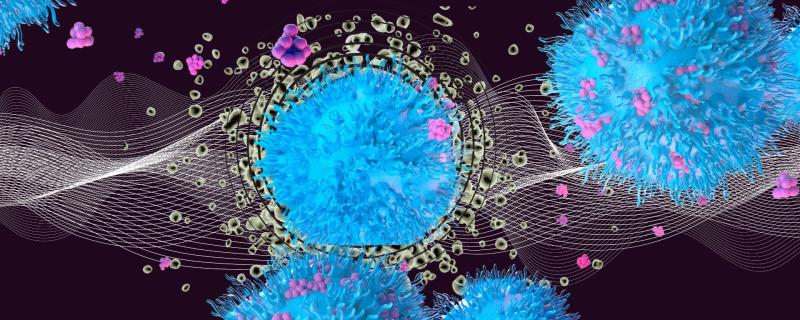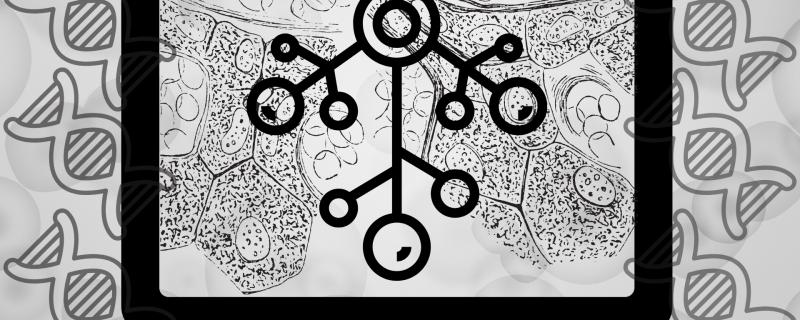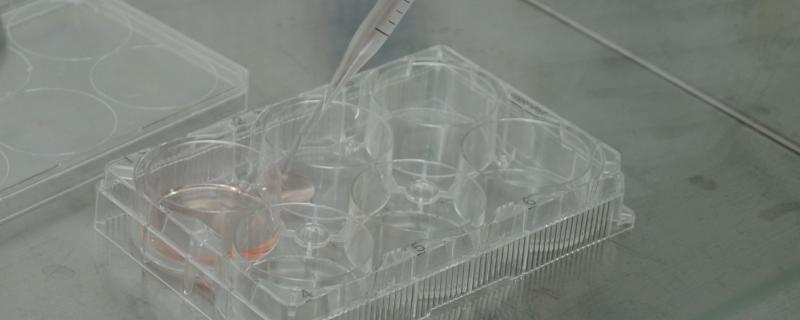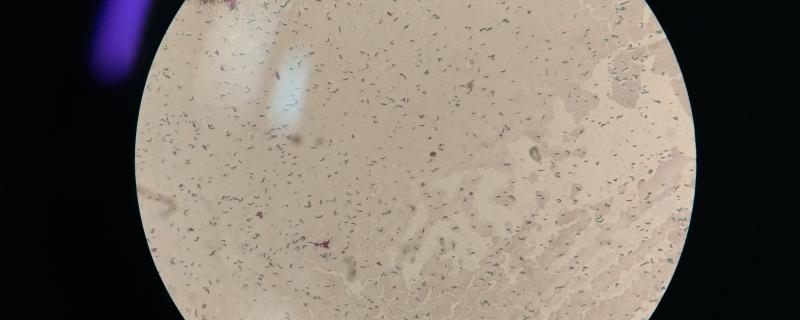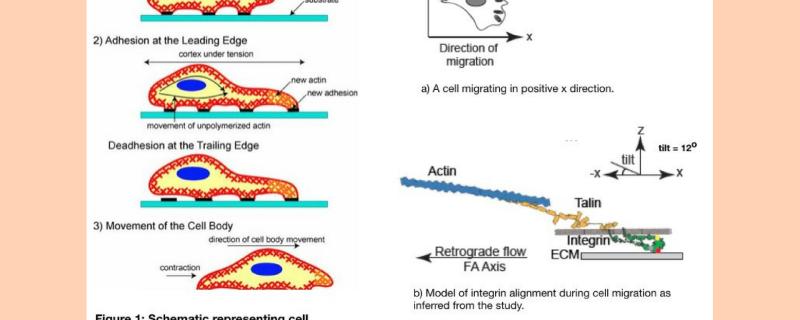Researchers have shown how subtle nanoscale changes to the spacing between cancer cells can enhance ultrasound treatments' effectiveness in killing those cells.
New research reveals that cultural tolerance and political pressure, rather than just biological science, dictate the life or death of tigers in India and wolves in Germany.
Dehradun/

